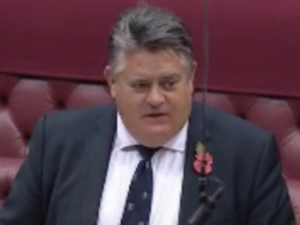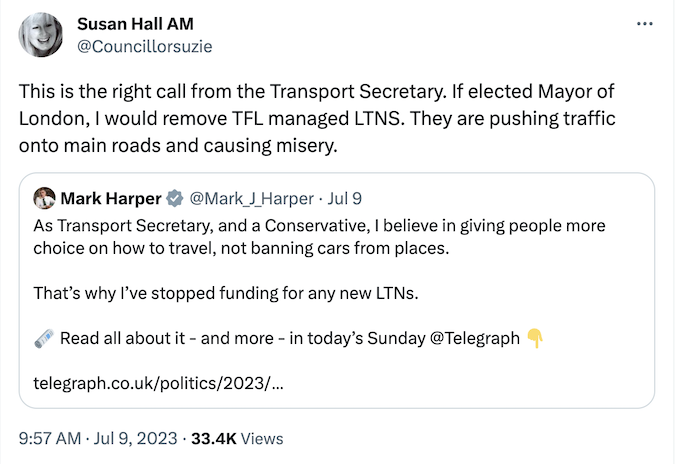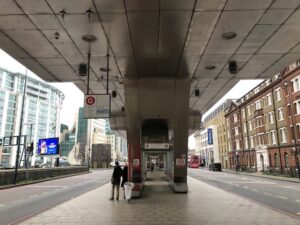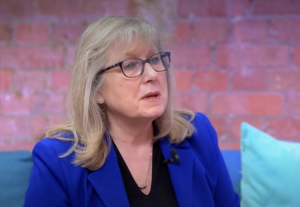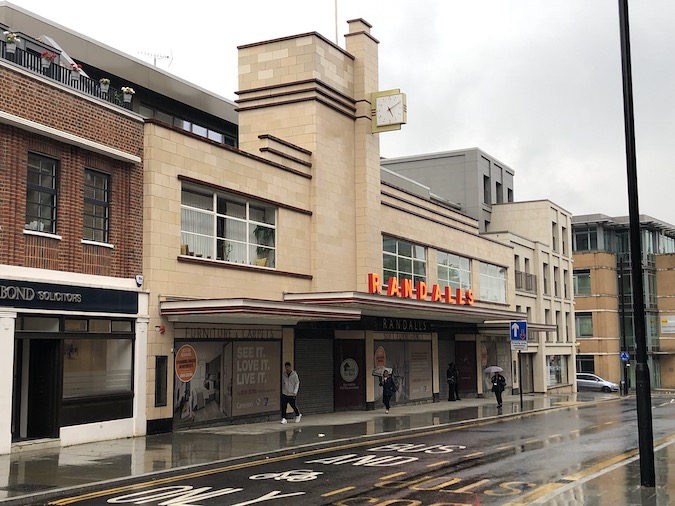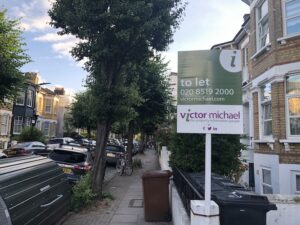Members of Parliament have backed a House of Commons privileges committee report which named three Conservative peers with prominent London political histories as being involved in a campaign to “lobby or intimidate” members of the committee during its inquiry into whether Boris Johnson misled Parliament over the “partygate” affair when he was Prime Minister.
In the report, published late last month, Johnson allies Lord Stephen Greenhalgh, Lord Zac Goldsmith and Lord Peter Cruddas were all accused of engaging in activities amounting to a “co-ordinated campaign of interference” during the committee’s investigation of Johnson. The draft findings of the report prompted Johnson to resign as an MP, bringing about the forthcoming Uxbridge & South Ruislip by-election.
Also criticised in the report is former Home Secretary Priti Patel, the MP for Witham, who is a high profile backer of Moz Hossain, the barrister currently seeking selection as the Conservatives’ next candidate for Mayor of London.
The privileges committee report gives as an example of what it calls “selective pressure brought to bear on Conservative members of the committee” an article published on the Conservative Post website in mid-March, just over a week before Johnson’s 22 March appearance before the seven-strong committee, which has four Tory members and is chaired by London Labour MP Harriet Harman.
The article appealed to party members to “HELP Boris and protect the integrity of our political system”, called the investigation “deeply flawed, biased and unfair” and provided a template email which readers could use to contact the four Tory MPs. The template email described the investigation as “nothing but a politically motivated attack against our former Prime Minister” and characterised the process as “reminiscent of a banana republic”.
The committee report says that “Two Members of the House of Lords, whose peerages were conferred on the recommendation of Mr Johnson, were among over 600 people who emailed Committee members using the template email devised by Conservative Post,” and describes the website as “the online magazine of the Conservative Democratic Organisation” (CDO), a group set up in December 2022 to, in its words, “strengthen party democracy”.
The report then notes that Cruddas and Greenhalgh are, respectively, president and vice-president of the CDO. However, Conservative Post founder and editor Claire Bullivant has since written that Conservative Post is not the online magazine of the CDO, and was set up in September 2020, over two years before she, Cruddas and others launched the CDO “as a completely different entity”. Bullivant has made a formal complaint about the matter.
Greenhalgh (pictured) led Hammersmith & Fulham Council from 2006 until 2012, when Johnson, then Mayor of London, appointed him as his deputy mayor for policing and crime. Cruddas, whose title is Baron Cruddas of Shoreditch, is a self-made Hackney-born banker and businessman and a major financial donor to the Tories.
Goldsmith, who also owes his peerage to Johnson having been recommended for one by him in 2019 after Goldsmith lost his Commons seat in the general election of that year, was named in the report for, on 9 June, re-tweeting a Twitter comment calling the inquiry a witch hunt and a kangaroo court, and for commenting: “Exactly this. There was only ever going to be one outcome and the evidence was totally irrelevant to it.”
Goldsmith resigned as an environment minister when the committee’s report was published, but insisted he had chosen to leave because he considered the current Prime Minister, Rishi Sunak, “uninterested” in environmental issues, though he accepted that he should not have commented on the committee’s work.
The report also named Johnson-supporting MPs Nadine Dorries, Brendan Clarke-Smith, Michael Fabricant, Jacob Rees-Mogg and others as having interfered in the committee’s deliberations. Although they backed its report, MPs did not get an opportunity to decided if the committee should be empowered to decide if the parliamentarians’ behaviour amounted to contempt of Parliament.
Twitter: Dave Hill and On London. If you value On London’s output, become a supporter or a paid subscriber to Dave’s Substack. Photograph from Stephen Greenhalgh Twitter profile. This article was updated shortly after publication to include the Conservative Post’s reaction to the mention of it in the committee’s report.

